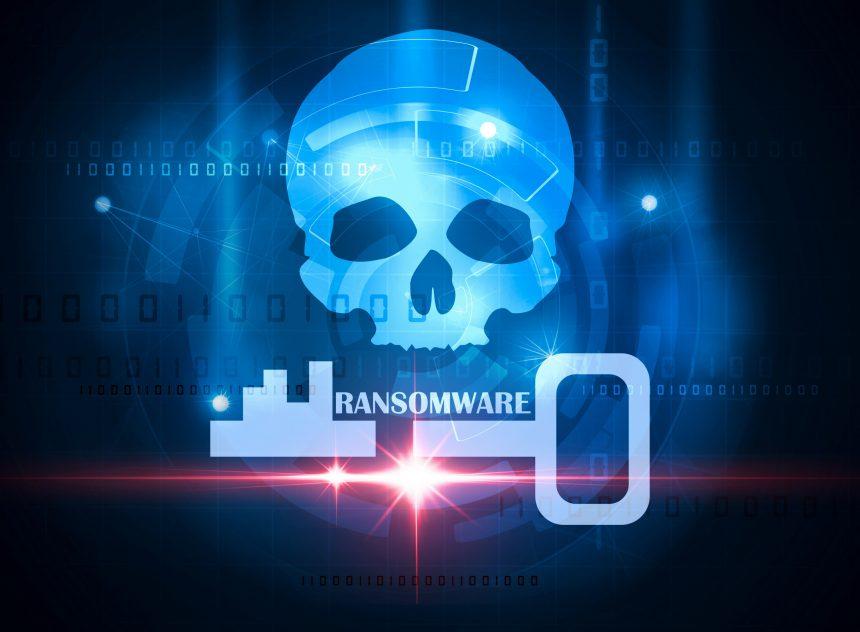Ransomware stands out as one of the most insidious and damaging forms of malware. Among the myriad of ransomware variants, one particularly concerning strain is the XAM ransomware. Known for its sophisticated encryption methods and devastating consequences, XAM poses a significant threat to individuals and organizations alike.
Understanding XAM Ransomware
XAM ransomware operates like many other strains of ransomware, infiltrating systems through various means such as malicious email attachments, exploit kits, or compromised websites. Once inside a system, XAM quickly encrypts files using strong encryption algorithms, rendering them inaccessible to the victim. Following encryption, the malware typically leaves behind ransom notes, instructing victims on how to pay a ransom in exchange for a decryption key.
The consequences of a XAM ransomware attack can be severe. Victims may find themselves unable to access critical files and data, leading to significant disruption to personal and professional lives. Moreover, paying the ransom does not guarantee file recovery, as cybercriminals may fail to provide a working decryption key or demand additional payments.
Detection Names and Similar Threats
XAM ransomware may be detected by various antivirus programs under different names, including but not limited to:
- XAM.Ransomware
- Trojan-Ransom.Win32.XAM
- Ransom:XAM/Encrypted
Similar threats to XAM ransomware include notorious strains like WannaCry, Ryuk, and Maze ransomware, each known for their destructive capabilities and widespread impact.
XAMRansomware Removal Guide
- Disconnect from the Network: Immediately disconnect the infected system from any network connections to prevent further spread of the malware.
- Enter Safe Mode: Restart the infected computer and enter Safe Mode to limit the malware’s ability to run.
- Identify Malicious Processes: Open the Task Manager and identify any suspicious processes or applications running, especially those consuming high CPU or memory resources.
- End Malicious Processes: Terminate the identified malicious processes to stop the ransomware from encrypting additional files.
- Delete Temporary Files: Use the Disk Cleanup tool to remove temporary files and clear cache folders where the ransomware may be hiding.
- Scan and Remove Malware: Use a reputable antivirus or antimalware software to perform a thorough scan of the system and remove any traces of the XAM ransomware.
- Restore from Backup: If available, restore encrypted files from a secure backup source to regain access to your data.
- Update Security Measures: Ensure all operating systems, software, and security patches are up to date to mitigate future vulnerabilities exploited by ransomware.
Prevention Best Practices
- Keep software and operating systems updated with the latest security patches.
- Exercise caution when opening email attachments or clicking on links, especially from unknown or suspicious sources.
- Implement robust cybersecurity measures, including firewalls, antivirus software, and intrusion detection systems.
- Regularly back up important files and data to an external storage device or cloud service.
- Educate employees or family members about cybersecurity best practices to minimize the risk of falling victim to ransomware attacks.





